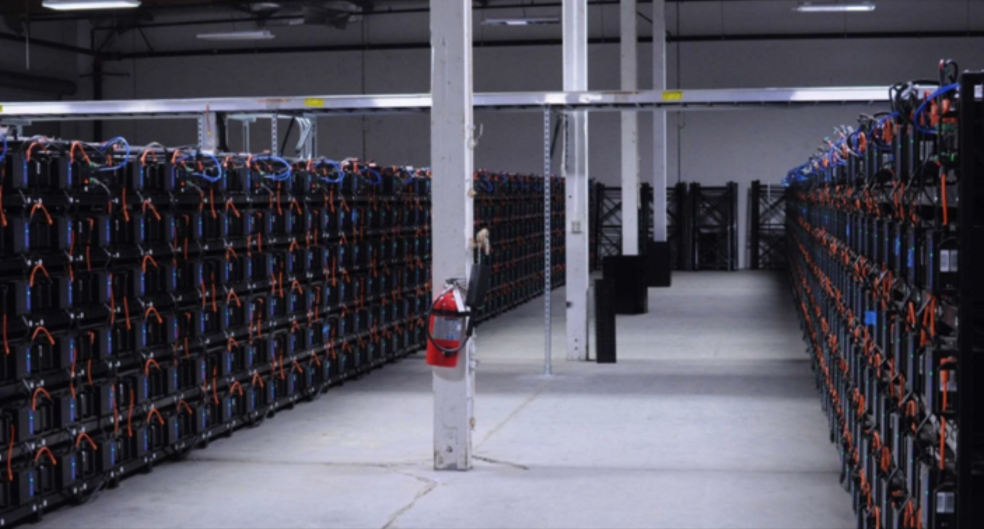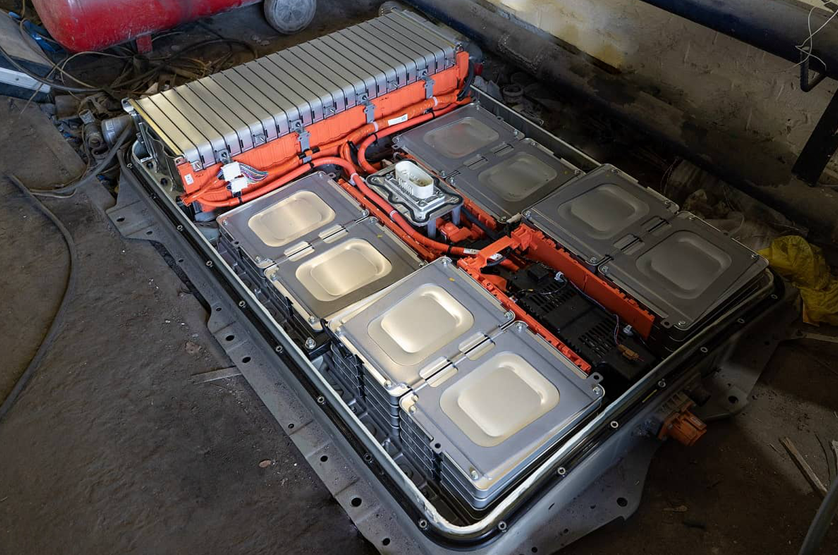Revolutionizing On-the-Go Power: The Rise of Portable Electronic Products with Lithium Batteries
We rely heavily on portable electronic devices to keep us connected, informed, and entertained on the go. From smartphones to tablets, laptops to smartwatches, these innovative gadgets have become an indispensable part of our lives. Central to the success of these devices is a powerful, lightweight, and long-lasting energy source – the lithium battery.
리튬 배터리 have revolutionized the way we power portable electronic products. They have replaced older technologies like nickel-cadmium and nickel-metal hydride batteries due to their superior performance and the numerous benefits they offer. So, what exactly makes lithium batteries the go-to choice for manufacturers and consumers alike?
First and foremost, lithium batteries have a high energy density, meaning they can store a large amount of energy in a compact size. This makes them ideal for portable devices as they can provide a long runtime without adding excessive weight or bulk. Whether you are on a long flight, a road trip, or simply working remotely, lithium batteries ensure your devices stay powered up for extended periods.
Additionally, lithium batteries have a low self-discharge rate, which means they can hold their charge for a long time when not in use. This is particularly useful for infrequently used devices or emergency situations where the battery needs to be reliable and ready for use at a moment’s notice. With other battery technologies, you might find the battery dead or significantly drained after leaving it idle for a few months. However, lithium batteries retain their charge for months or even years, ensuring you have power when you need it most.
Furthermore, lithium batteries have a high charge-discharge efficiency, enabling them to convert a high percentage of stored energy into usable power. This efficiency translates into longer battery life for your devices, reducing the need for frequent recharging. It also means that charging your devices using lithium batteries is faster compared to other battery technologies. This is especially important in today’s fast-paced world, where time is of the essence.
Another advantage of lithium batteries is their ability to deliver a consistent voltage level throughout their discharge cycle. This ensures that your devices perform optimally until the battery is completely depleted. Unlike other batteries that gradually lose voltage as they discharge, lithium batteries maintain a steady voltage output, providing a reliable power source for your portable electronics.
However, it is crucial to note that while lithium batteries offer many advantages, they are not without their challenges. For example, lithium batteries have a limited lifespan and can degrade over time, especially if not properly maintained. Factors such as high temperatures, overcharging, and deep discharging can accelerate the degradation process. Additionally, lithium batteries are sensitive to physical damage and can be a safety hazard if mishandled or punctured.

To address these concerns, manufacturers have implemented various safety features in lithium batteries, such as built-in protection circuits, temperature sensors, and venting mechanisms. These safety measures help prevent overheating, overcharging, and short-circuiting, ensuring the safe and reliable operation of portable electronic devices.
The rise of portable electronic products powered by lithium batteries has transformed our on-the-go power needs. The high energy density, low self-discharge rate, high charge-discharge efficiency, and consistent voltage output make lithium batteries the preferred choice for manufacturers and consumers alike. While they do have limitations, the ongoing advancements in battery technology and safety features continue to enhance the performance, lifespan, and safety of lithium batteries. As our dependence on portable electronic devices grows, so does the need for more efficient and reliable power sources, and lithium batteries are at the forefront of meeting these demands.
-
 As the world shifts towards more sustainable energy sources, the automotive industry is also looking for ways to reduce its environmental impact. One promising solution is the lithium starter battery. Compared to traditional lead-acid batteries, lithium starter batteries offer numerous benefits, including longer lifespan, faster charging, and better performance in extreme temperatures. The lifespan of a lithium starter battery...더 읽어보세요
As the world shifts towards more sustainable energy sources, the automotive industry is also looking for ways to reduce its environmental impact. One promising solution is the lithium starter battery. Compared to traditional lead-acid batteries, lithium starter batteries offer numerous benefits, including longer lifespan, faster charging, and better performance in extreme temperatures. The lifespan of a lithium starter battery...더 읽어보세요 -
 Rail transportation is an important mode of transportation all around the world. It is used for the transportation of people, goods, and raw materials for various industries. The locomotive is the heart of this mode of transportation, and it requires a reliable power source to start and operate. One of the most essential components of a locomotive is the...더 읽어보세요
Rail transportation is an important mode of transportation all around the world. It is used for the transportation of people, goods, and raw materials for various industries. The locomotive is the heart of this mode of transportation, and it requires a reliable power source to start and operate. One of the most essential components of a locomotive is the...더 읽어보세요 -
 Introduction In recent years, there has been a growing demand for high-performance batteries that can provide reliable and efficient power for various applications. One such battery technology that has gained significant attention is the Lithium Iron Phosphate (LiFePO4) battery. These batteries offer numerous advantages, including high energy density, longer lifespan, and enhanced safety. To ensure optimal performance and longevity of...더 읽어보세요
Introduction In recent years, there has been a growing demand for high-performance batteries that can provide reliable and efficient power for various applications. One such battery technology that has gained significant attention is the Lithium Iron Phosphate (LiFePO4) battery. These batteries offer numerous advantages, including high energy density, longer lifespan, and enhanced safety. To ensure optimal performance and longevity of...더 읽어보세요 -
 Golf is a sport that requires precision, skill, and focus. To ensure a seamless experience on the greens, golf carts have become an essential part of the game. These electric vehicles provide players with a convenient mode of transportation, allowing them to effortlessly navigate the golf course. However, the most crucial aspect of a golf cart is its battery. A...더 읽어보세요
Golf is a sport that requires precision, skill, and focus. To ensure a seamless experience on the greens, golf carts have become an essential part of the game. These electric vehicles provide players with a convenient mode of transportation, allowing them to effortlessly navigate the golf course. However, the most crucial aspect of a golf cart is its battery. A...더 읽어보세요 -
 Wholesale Lifepo4 batteries are widely used in various applications due to their high energy density, long cycle life, and excellent performance in extreme temperatures. With the increasing demand for these batteries, many suppliers have started selling them online. While online purchasing of wholesale Lifepo4 batteries is convenient and time-saving, it is crucial to consider certain factors before making a purchase....더 읽어보세요
Wholesale Lifepo4 batteries are widely used in various applications due to their high energy density, long cycle life, and excellent performance in extreme temperatures. With the increasing demand for these batteries, many suppliers have started selling them online. While online purchasing of wholesale Lifepo4 batteries is convenient and time-saving, it is crucial to consider certain factors before making a purchase....더 읽어보세요 -
 Introduction: In today's rapidly advancing industrial landscape, the demand for reliable and efficient power solutions has never been higher. Industrial applications heavily rely on a continuous and uninterrupted power supply to ensure smooth operations and maximize productivity. Industrial Power Products (IPP) batteries have emerged as a reliable and versatile solution to meet these requirements. This article explores the various ways...더 읽어보세요
Introduction: In today's rapidly advancing industrial landscape, the demand for reliable and efficient power solutions has never been higher. Industrial applications heavily rely on a continuous and uninterrupted power supply to ensure smooth operations and maximize productivity. Industrial Power Products (IPP) batteries have emerged as a reliable and versatile solution to meet these requirements. This article explores the various ways...더 읽어보세요 -
 Introduction: The 12V Lithium starter battery is a high-performance battery designed for use in various applications, including power sports, automotive, and marine. This battery is made of advanced lithium-ion technology, providing reliable and efficient performance. It is lighter, safer, and more durable than traditional lead-acid batteries, making it an ideal choice for those looking for a top-quality battery that will...더 읽어보세요
Introduction: The 12V Lithium starter battery is a high-performance battery designed for use in various applications, including power sports, automotive, and marine. This battery is made of advanced lithium-ion technology, providing reliable and efficient performance. It is lighter, safer, and more durable than traditional lead-acid batteries, making it an ideal choice for those looking for a top-quality battery that will...더 읽어보세요

